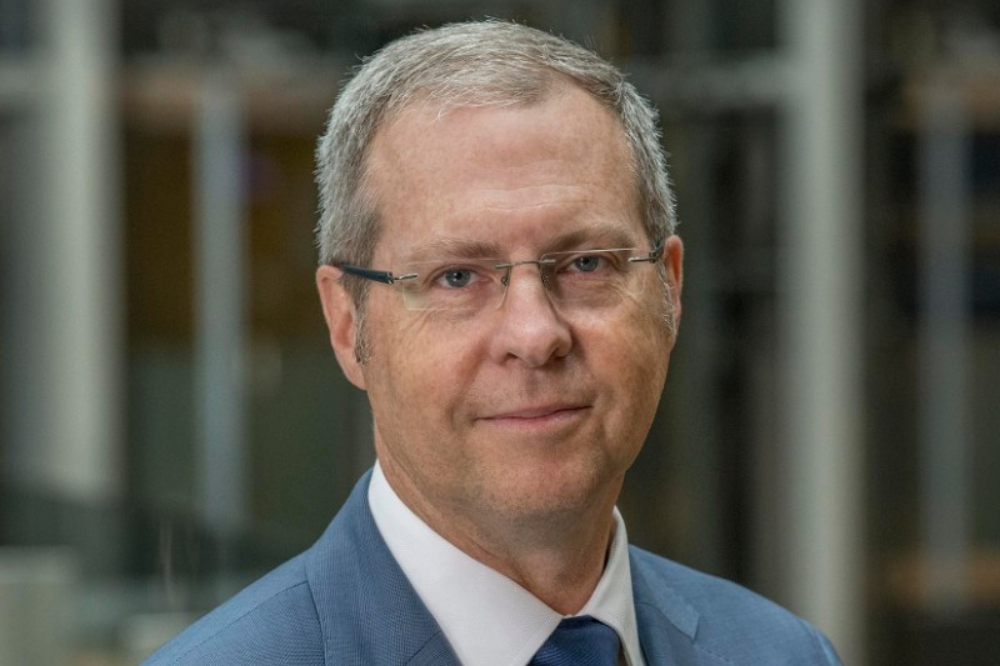CommBank has revealed household spending rose by 0.8% in August.
CBA reported spending increases in home buying, household services, motor vehicles and health and fitness last month.
The bank says this highlights the momentum in the Australian economy, higher inflation pressures and the impact of the Reserve Bank’s monetary policy tightening.
CommBank’s Household Spending Intentions (his) Index combines analysis of CBA payments data (approximately 40% of Australian payment transactions), loan application information and Google Trends search data.
CBA chief economist Stephen Halmarick (pictured above) said interest rate increases and inflationary pressures were beginning to take effect on household spending.
Read next: Who’s moved home loan rates after OCR hike?
“The HSI’s annual rate has now increased 15.1%, reflecting the weakness in August last year during the ‘Delta lockdowns’ when COVID-19-related restrictions were in place across New South Wales and Victoria,” Halmarick said.
“While the index rose in August, we’re seeing weakness in discretionary spending following recent interest rate increases and a growing move to value purchasing. For instance, while grocery spending remains high, we’re hearing customers are swapping to value products in response to higher food prices.”
Halmarick said following the Reserve Bank’s fifth consecutive monthly increase to the official cash rate, CBA’s economics team was forecasting 25-basis point interest rate increases in October and November.
“This will take the cash rate to 2.85% before the RBA looks to cut rates in the second half of 2023,” he said.
Read next: There will be at least two more rate rises
Halmarick said a 13.3% rise in motor vehicles spending this month indicated some easing in international supply chain constraints that had been dominating the sector.
“It is great to see ordered vehicles are being delivered in greater numbers,” Halmarick said.
“Health and fitness spending rose 7.2% in August and 4.6% compared to August 2021, focused on spending for medical services, doctors and hospitals, due in part to an increase in non-essential operations which has been delayed during COVID-19.”
Halmarick said in contrast there was weak discretionary spending in sectors such as travel, entertainment, transport and retail.
“Travel dropped 3.9% in August but is 141.2% higher compared to August 2021 when COVID-19 restrictions were widespread across much of eastern Australia,” he said.
“Entertainment spending similarly declined by 7.2% following gains in July when movie theatres, restaurants and spending on food were all higher. Spending for household services has also risen 4% in August with charitable donations leading the category, likely signalling a stressful environment for many in the community.”


